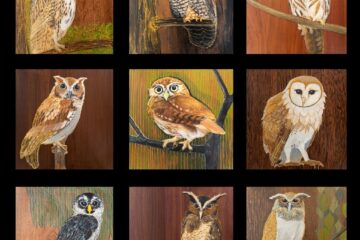THE MYTH OF EL DORADO
THE JAGUAR AS MYTHICAL CREATURE
Before you read this blog, be welcome to read the following blogs first:

Tigri
A ballet friend told me that her uncle was an extraordinary hunter. He killed a tiger. Therefore, as a young teenager, I thought that tigers also lived in Suriname. Soon enough, it became clear to me that the animal we call Tigri in Sranan Tongo was a jaguar. There are several reasons to be afraid of the jaguar. It is a big predator, can run very fast, climb trees, and swim. I was advised to scream very loudly and make scary movements if I encountered one. I was never convinced then, and I am still not convinced now, that this would work for me. I am barely six feet tall and have a very soft voice. Recently, I read better advice on the Internet. Costa Rica is a good example of a country that developed its Wildlife Tourism. I found sufficient information on one of their websites and summarized it here. When encountering a jaguar, if you are in a group, stand together, so you seem like a big entity, and stay very calm and quiet. If you are alone, raise your arms to appear bigger than you are. Slowly step backward to increase the distance, never turning your back on the jaguar. But if a jaguar wants to attack, you must fight back, screaming included.
Despite all the stories about dangerous jaguars, during a boat trip to the Raleigh Falls, I was envious of the people in the first boat of our group. They saw a jaguar sunbathing on a rock by the riverbank. He saw the boat, got up, threw an arrogant glance at the people in the boat and had disappeared by the time the second boat, with me, arrived at that spot.
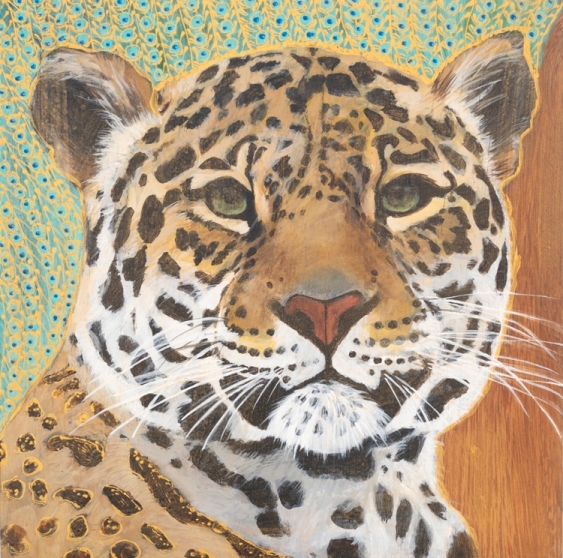
Jaguar
Is the jaguar really such a dangerous beast? Jaguar is derived from the Guarani word Yaguara, which can be translated as ‘the one who kills its prey in a single blow’. Guarani is an indigenous language. Within the project ‘The Myth of El Dorado’ I got to know more, and also contradictory, aspects of the jaguar.
The jaguar plays an important role in several Indigenous cultures in the Americas. In the very well-known cultures of Meso-America, such as those of the Maya, Olmecs, and Aztecs, and of the Inca in Peru, but also in lesser-known cultures, for instance, in Columbia, Costa Rica, and Bolivia.
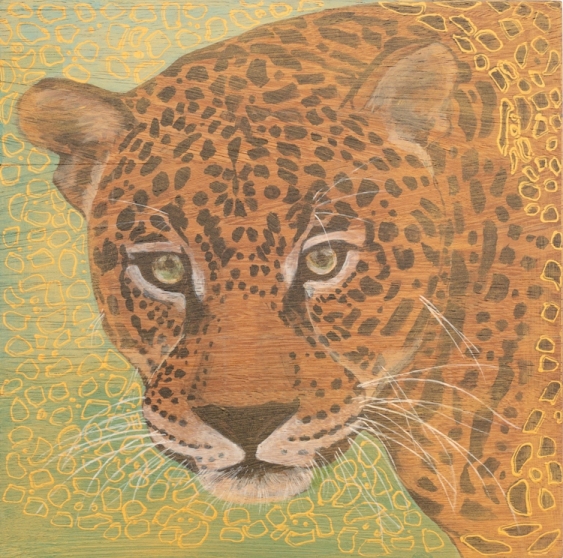
The importance of the jaguar for the shaman and the secular leader was the first thing that attracted my attention. There were golden jaguar masks worn by the shamans in several rituals. Temples built for special rites devoted to the jaguar. Jaguar thrones (chairs) as seats for secular leaders. The jaguar is bestowed with the following traits: power, leadership, protection, transformation, telepathy, and abundance. Stealth is also mentioned as a characteristic feature. I could not find the Dutch equivalent and felt the urge to describe it. I think of stealth as a strategy to conquer. The predator, the jaguar, keeps itself hidden from its prey. It sneaks up on this prey quietly and carefully without being noticed and then hits it in just one blow. This strategy demands self-control, patience, and discretion.
Because the jaguar is the biggest predator in Central and South America, it is not very surprising that the indigenous people of the Americas considered it an authoritative and powerful spirit. However, more than once, I discovered a somewhat ambiguous attitude towards the jaguar. On the one hand, the jaguar possesses ferocity and is an embodiment of aggressiveness, but on the other hand, it never abuses its power. It is only used out of necessity. The jaguar is not a man-eater. It is instinctive, even a bit afraid of humans.
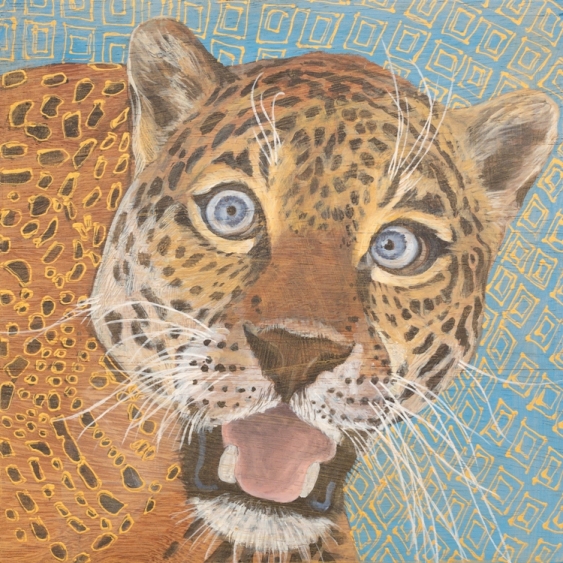
Because the jaguar hunts during the day and during the night as well, it was believed that the jaguar could move between our world on earth and the underworld, the world of the dead. Also, between existence and non-existence. Some tribes believed that the jaguar was a messenger of the gods and there is also a general belief that jaguars can communicate with spirits.
Shamans considered the jaguar a spirit guide who had the ability to travel with them as they moved between physical and supernatural worlds. Accompanying them during these transformations, the jaguar would protect the shaman from negative energy and harmful spirits.
According to some legends, the jaguar is also able to change identity: it can change into a human and the other way around.
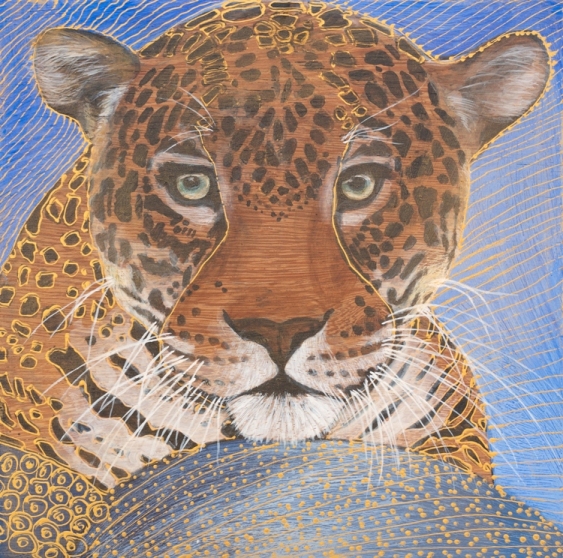
The jaguar as a spirit animal
In contemporary spiritual beliefs, the jaguar spirit animal reminds you that you have the power to tune into your intuition and the supernatural. Is the jaguar your spirit animal, then you have an unrelenting protector on your side. You have self-assured confidence and good luck for inviting abundance into your life. There is also an association with prescience and the foreknowledge of things to come. The jaguar symbolizes strength, courage, and wisdom. Its spirit is about achieving excellence.
The jaguar had to learn how to swim. So, this teaches us that even if you feel that you do not have certain natural abilities or gifts that others do, with the power of your will, you can transform an area of your life and achieve your dreams. You can change your fears and negative perceptions into positive actions.
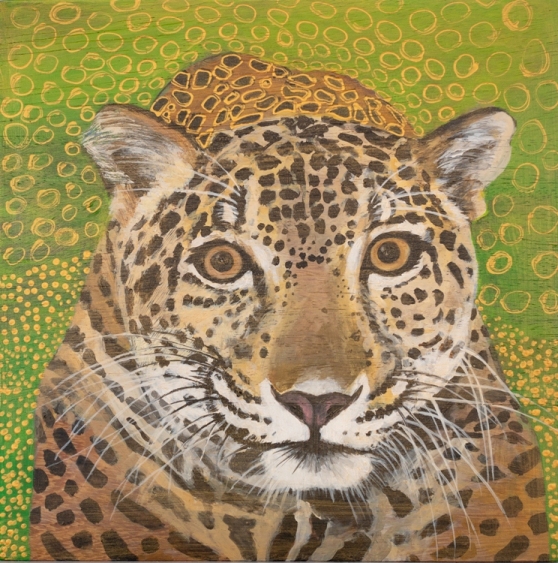
Exotic beauty
Just as the hummingbird was admired throughout the ages, so, too, was the exotic beauty of the jaguar. When I was young, I happened to see the skin of the jaguar as a rug in a salon. In those days, about 50 to 60 years ago, real fur coats were the ultimate in luxury. In past times, the real skin of the jaguar was used in clothing and adornments of, for instance, Indigenous rulers. Today, jaguar skin prints are used in fabrics in all colors, from naturel to fluorescent.
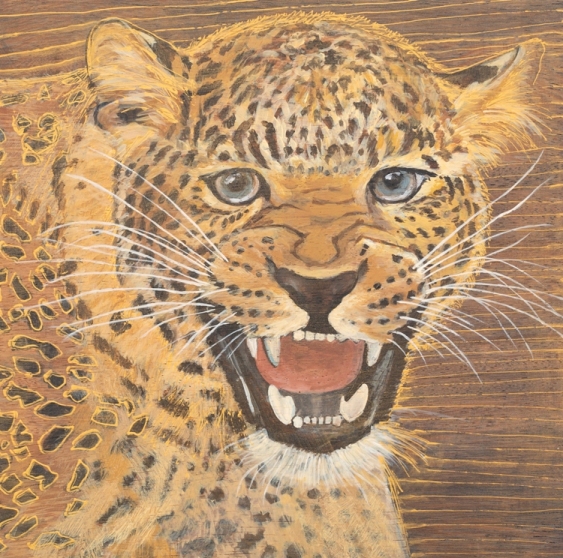
Threatened specie
In former times, there were jaguar gods, but there were also tribes who captured jaguars. They held them in captivity and sacrificed them to their gods. The fur and other body parts were used in rituals.
Today, the IUCN (International Union for Conservation of Nature) has the jaguar on the red list of near threatened species because, today, they are still killed to serve as a trophy and for illegal trade in body parts. The tooth of a jaguar, for instance, is a powerful amulet. Deforestation has deteriorated the habitat of the jaguar to fifty percent and the farmers who already took big chunks of their territories also killed them because they were afraid they would attack the cattle. This leads to the conclusion that humans are the biggest threat to the jaguar. Conservation organizations protect the jaguar, since he keeps the ecosystem in balance, ironically, because he is a top predator.

A story
There are different legends and stories about the jaguar, but I do not remember one story in which a jaguar acted as a very dangerous beast. In Suriname, we have stories about Ba Tigri (jaguar) and Ba Anansi (spider). Ba Anansi is always a lot smarter than Ba Tigri. In this blog, I will retell a Latin American story that also gives an impression of the way the jaguar has been perceived more than once.
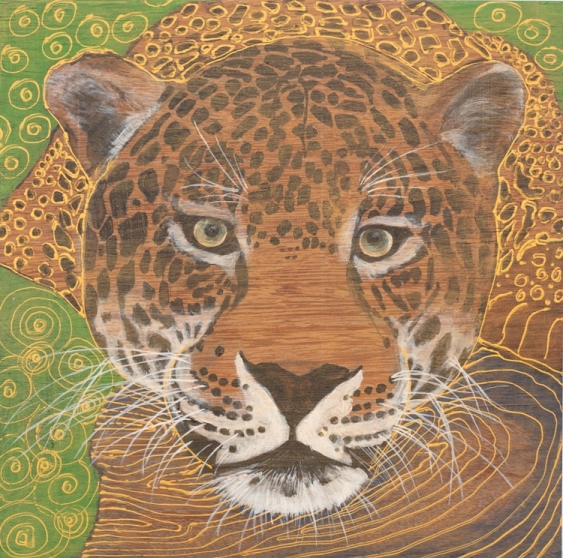
Pepe and the jaguar
Pepe went to the river to fetch some drinking water. When he returned home, a jaguar was inside, sitting on the floor. Pepe jumped to the place where he kept his bow and arrows. The jaguar laughed: “I know you owe your power to weapons, so I destroyed them.” Then Pepe saw that the jaguar was sitting on the remains of his bow, arrows, and axes. “I came to show you that I am more powerful than you are,” said the jaguar. He stood up, went outside and led Pepe to hide behind a nearby thicket. A Powisi (Crax rubra) came flying by and perched on the top of a tree. The jaguar silently clambered up the tree and, with one stroke, took the Powisi in the neck. He asked: “Are you able to do this?” “Without arrows or a shotgun, I can’t”, Pepe replied. They remained hidden. First, they heard footsteps and then a tapir appeared, walking towards them. The jaguar killed it in just one leap. “Can you kill a tapir like this?” he asked. “No, without weapons, I can’t,” Pepe said. They went to the river and the jaguar started to attract the fish by tapping on the water with its tongue. The fish came closer and, with a single swipe, the jaguar hooked one of them in his nails. “Without fishing gear, I can’t do that either,” Pepe thought. The jaguar said: “It is your turn to also perform three feats. If I cannot carry these out, we will be friends. Otherwise, I will devour you.”
Pepe looked at the moon in the sky, surrounded by clouds and said to the jaguar: “Wait for me here; I will be right back.” The jaguar growled: “Don’t think you can run away. I will always find you. If you try to run away, when I find you, I will kill you.”
Pepe went into the jungle, and when he was out of the jaguar’s sight, he returned home from the back. At home, he looked for a cassava bread. He then looked at the sky and when he saw that the moon was hiding behind a cloud, he returned to the jaguar and showed the cassava bread to him. He asked: “Do you know what this is?” “I don’t know,” the jaguar replied. Pepe said: “Look at the sky. Can’t you see the moon has disappeared?” The jaguar looked at the sky and then at the cassava bread. “You caught the moon!” “Yes,” Pepe said, and began to eat the cassava bread. “Is it tasty to eat the moon?” the jaguar asked. “Yes, it is”, Pepe said and gave the remaining cassava bread to the jaguar who devoured the entire cassava bread and, licking his lips, said: “Too bad it’s over.” “It doesn’t matter,” Pepe said. “Another moon will rise soon.” The moon came out from behind the clouds and began to move across the sky again. “How did you get it?”, the jaguar asked. Pepe replied: “It is very easy. I climbed to the top of a tree and with a jump I reached it.” The jaguar smiled and quickly climbed to the top of the tallest tree. There he prepared well to make the great leap. However, the jaguar did not reach the moon but crashed to the ground hitting his head against a rock. Then Pepe took the Powisi, the tapir, the fish, and the jaguar home.
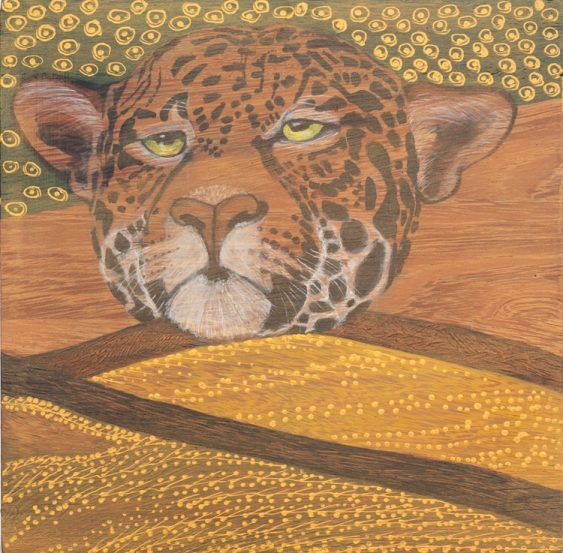
Encore
Not so long ago, Rine and I killed a poisonous labaria snake (Bothrops atrox). Rine broke its spine with a stick, and I just barely cut off its head with a hack. Marleen said: “Snake Patrol will not be very happy with your deed”. ‘Snake Patrol Suriname’ has a beautiful quote on the homepage of their website. It says: The difference between beauty and fear is knowledge!

